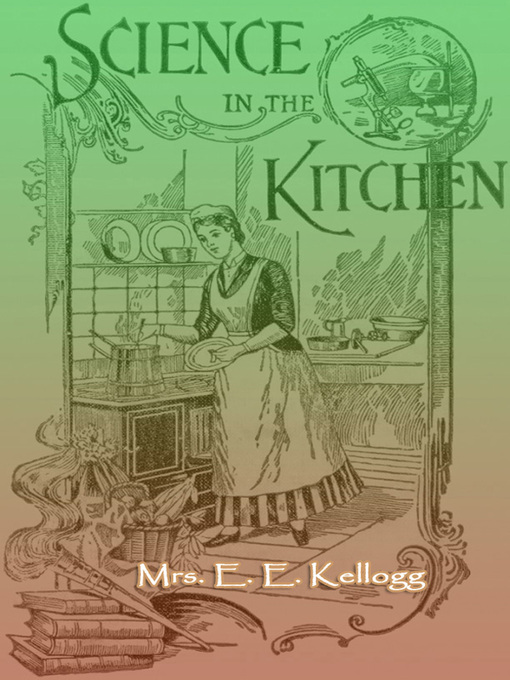The purposes of food are to promote growth, to supply force and heat, and to furnish material to repair the waste which is constantly taking place in the body. Every breath, every thought, every motion, wears out some portion of the delicate and wonderful house in which we live. Various vital processes remove these worn and useless particles; and to keep the body in health, their loss must be made good by constantly renewed supplies of material properly adapted to replenish the worn and impaired tissues. This renovating material must be supplied through the medium of food and drink, and the best food is that by which the desired end may be most readily and perfectly attained. The great diversity in character of the several tissues of the body, makes it necessary that food should contain a variety of elements, in order that each part may be properly nourished and replenished.
The Food Elements.—The various elements found in food are the following: Starch, sugar, fats, albumen, mineral substances, indigestible substances.
The digestible food elements are often grouped, according to their chemical composition, into three classes; vis., carbonaceous, nitrogenous, and inorganic. The carbonaceous class includes starch, sugar, and fats; the nitrogenous, all albuminous elements; and the inorganic comprises the mineral elements.
Starch is only found in vegetable foods; all grains, most vegetables, and some fruits, contain starch in abundance. Several kinds of sugar are made in nature's laboratory; cane, grape, fruit, and milk sugar. The first is obtained from the sugar-cane, the sap of maple trees, and from the beet root. Grape and fruit sugars are found in most fruits and in honey. Milk sugar is one of the constituents of milk. Glucose, an artificial sugar resembling grape sugar, is now largely manufactured by subjecting the starch of corn or potatoes to a chemical process; but it lacks the sweetness of natural sugars, and is by no means a proper substitute for them. Albumen is found in its purest, uncombined state in the white of an egg, which is almost wholly composed of albumen. It exists, combined with other food elements, in many other foods, both animal and vegetable. It is found abundant in oatmeal, and to some extent in the other grains, and in the juices of vegetables. All natural foods contain elements which in many respects resemble albumen, and are so closely allied to it that for convenience they are usually classified under the general name of "albumen." The chief of these is gluten, which is found in wheat, rye, and barley. Casein, found in peas, beans, and milk, and the fibrin of flesh, are elements of this class.
Fats are found in both animal and vegetable foods. Of animal fats, butter and suet are common examples. In vegetable form, fat is abundant in nuts, peas, beans, in various of the grains, and in a few fruits, as the olive. As furnished by nature in nuts, legumes, grains, fruits, and milk, this element is always found in a state of fine subdivision, which condition is the one best adapted to its digestion. As most commonly used, in the form of free fats, as butter, lard, etc., it is not only difficult of digestion itself, but often interferes with the digestion of the other food elements which are mixed with it. It was doubtless never intended that fats should be so modified from their natural condition and separated from other food elements as to be used as a separate article of food. The same may be said of the other carbonaceous elements, sugar and starch, neither of which, when used alone, is capable of sustaining life, although when combined in a proper and natural manner with other food elements, they perform a most...

